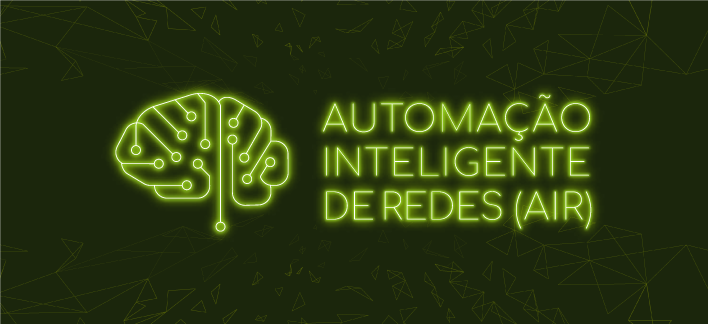
Neoenergia bets in smart grid technologies and achieves improved quality indicators
This technology is used in the event of occurrences caused by external factors that result in interruption of supply. The system identifies the point of the occurrence and, whenever possible, carries out some operations to automatically isolate the problem and transfer loads so that the lowest number of customers is impacted by an energy outage. Over 20% of reclosers in Neoenergia’s concessionaries operate with AIR. Due to the characteristics of the distributors’ concession areas, Aneel sets different quality thresholds, according to the complexity of each market. For measuring DEC and FED of each concessionaire, the Regulator considers specific conditions such as the territorial scope, electric network characteristics and social and economic conditions.
ELEKTRO
At Elektro, for example, AIR has implemented in seven cities as of the first quarter of this year: Guarujá, Aguaí, Rio Claro, Atibaia, Cabreúva, Mairiporã e Três Lagoas, amounting to over 220 reclosers. The average frequency of energy supply interruptions in this distributor was 4.25 times in the period while the threshold set by the Regulator was 6.39. This figure is also below the recorded in the first quarter last year, at 4.51 times. The average duration of service interruptions in the first three months of 2020 was 7.22 hours, below the limit of 8.3 hours set by Aneel in 2019.
COSERN
Cosern recorded FEC at 4.59 times in the first quarter 2020, far lower than the 8.01 required by Aneel and 5.41 in the same period last year. The concessionaire’s DEC was 9.37 hours from January to March 2020 while the regulatory limit was 11.92 and the recorded in the same period 2019 was 11.46. In Rio Grande do Norte, the city of Canguaretama installed the grid automation system in 39 reclosers.
CELPE
The average frequency of service interruption at Celpe was 5.36 times in the first three months of 2020, a FEC below the limit of 8.34 set by the Regulator and down when compared to 5.90 recorded in the same period in 2019. The average duration was 11.37 hours, below the limit of 13.4, and lower than the recorded in the same period last year, at 11.68. AIR was installed in 93 reclosers in Petrolina and the equipment located in Recife’s Metropolitan Region also operate with a centralized automated system.
COELBA
At Coelba, FEC was 5.93 times in the first quarter this year, below 6.01 recorded in the same period in 2019 and lower than the limit of 7.87 set by Aneel. A light increase in DEC was recorded in the beginning of the year, from 12.83 to 13.06 hours, but the average duration remained below the limit of 14.11 set by the Regulator. In Bahia, AIR is installed in the cities of Vitória da Conquista and Feira de Santana, and the installation in Itabuna will be completed by the year-end. Four hundred and twenty equipment are in operation with the system.
HOW AIR SYSTEM WORKS
AIR detects the exact point of the problem, with no need of human intervention, and isolates the network impacted, immediately restoring the supply for the highest possible number of customers. With the system, the number of consumers affected can be reduced in up to 70% and the energy recovery may occur as early as within 80 seconds.
In practical terms, when the system discovers a failure, it finds a “new way” for flowing energy to the customers. “All the equipment of the electric grid is connected through a telecommunication infrastructure (satellite or radio) to an industrial computer, in which logical sequences are programmed taking into account the grid possibilities, such as number of customers, load and voltage. If a change occurs in the grid structure, voltage changes and the software sends the command on how each equipment will operate in the situation”, explains Emanuel Barbosa.
The expansion of AIR installation at the distribution network reinforces Neoenergia’s and its concessionaries’ commitment with the quality of electric energy supply. The project is a part of the Company’s initiatives to the adequacy to the Smart Grids concept, the new world trend in electric energy distribution.
ShP - Certificado Verde
News
2025-12-12
Prêmio Brasil Olímpico 2025: Neoenergia reforça compromisso com esporte feminino no país
2025-12-09
Prêmio Aberje 2025: Neoenergia é campeã nacional com campanha sobre segurança na rede elétrica com Carlinhos Brown
2025-12-01
Exclusivo a mulheres negras, Prêmio Inspirar 2025, do Instituto Neoenergia, anuncia vencedoras em quatro estados e no DF
2025-11-27
Neoenergia e Honda se unem para acelerar uso do hidrogênio verde na mobilidade brasileira
2025-11-25
